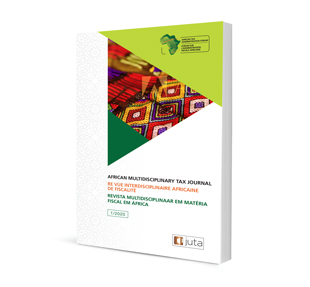
A Panel Data Analysis of Tax Revenue Productivity after Semi-Autonomous Revenue Authority Reform
Author: Isaac Yamikani Chilima
ISSN: 2709-8575
Affiliations: PhD in Economics, Yokohama National University, 2019. Associate Professor of Economics and Business, Lead Faculty and Chair of Economics, School of Business and Leadership, Colorado Christian University, USA
Source: African Multidisciplinary Tax Journal, Volume 5, Issue 1 (2025), p. 77–106
https://doi.org/10.47348/AMTJ/V5/i1a4
Abstract
Since the 1980s, over 30 developing countries have adopted semi-autonomous revenue authorities (SARAs) to improve tax administration. This study provides new panel-based evidence on their effectiveness, using data from 30 countries between 1980 and 2016. Applying dynamic ordinary least squares (DOLS) and fixed effects (LSFE) models, we compare tax revenue performance before and after SARA implementation. Across six regional and temporal samples, post-reform tax buoyancy consistently exceeded pre-reform levels, with significant gains ranging from 0.134 to 0.373 percentage points. In the broadest sample, buoyancy rose from 0.979 to 1.125 – a 14.9% increase in responsiveness to GDP. The strongest improvements occurred in sub-Saharan Africa, where SARAs typically enjoy greater autonomy. These findings highlight the importance of institutional design. SARAs that are insulated from political interference and granted managerial flexibility tend to perform better. The results have clear policy relevance for governments seeking to strengthen revenue performance through tax administration reform.